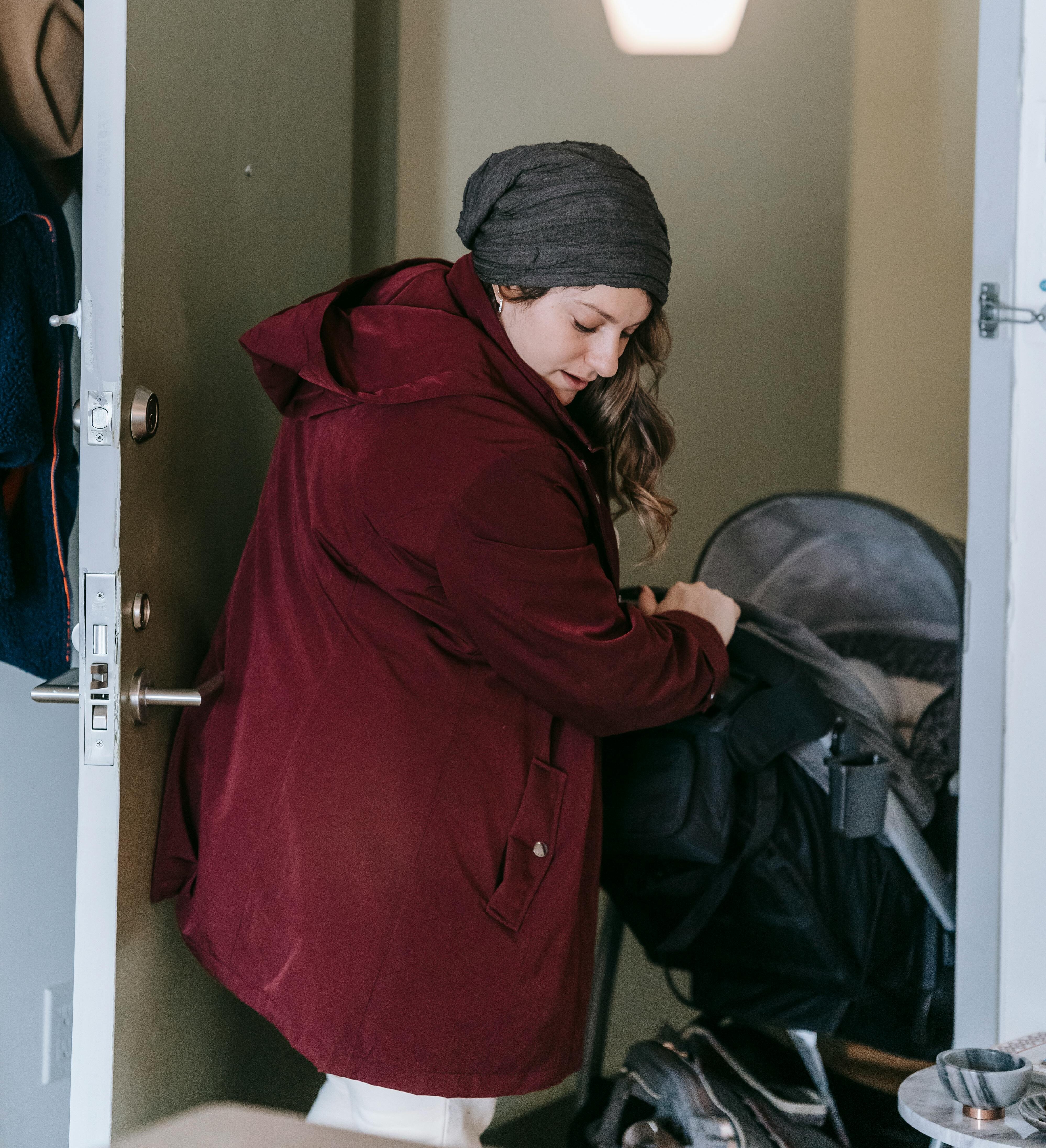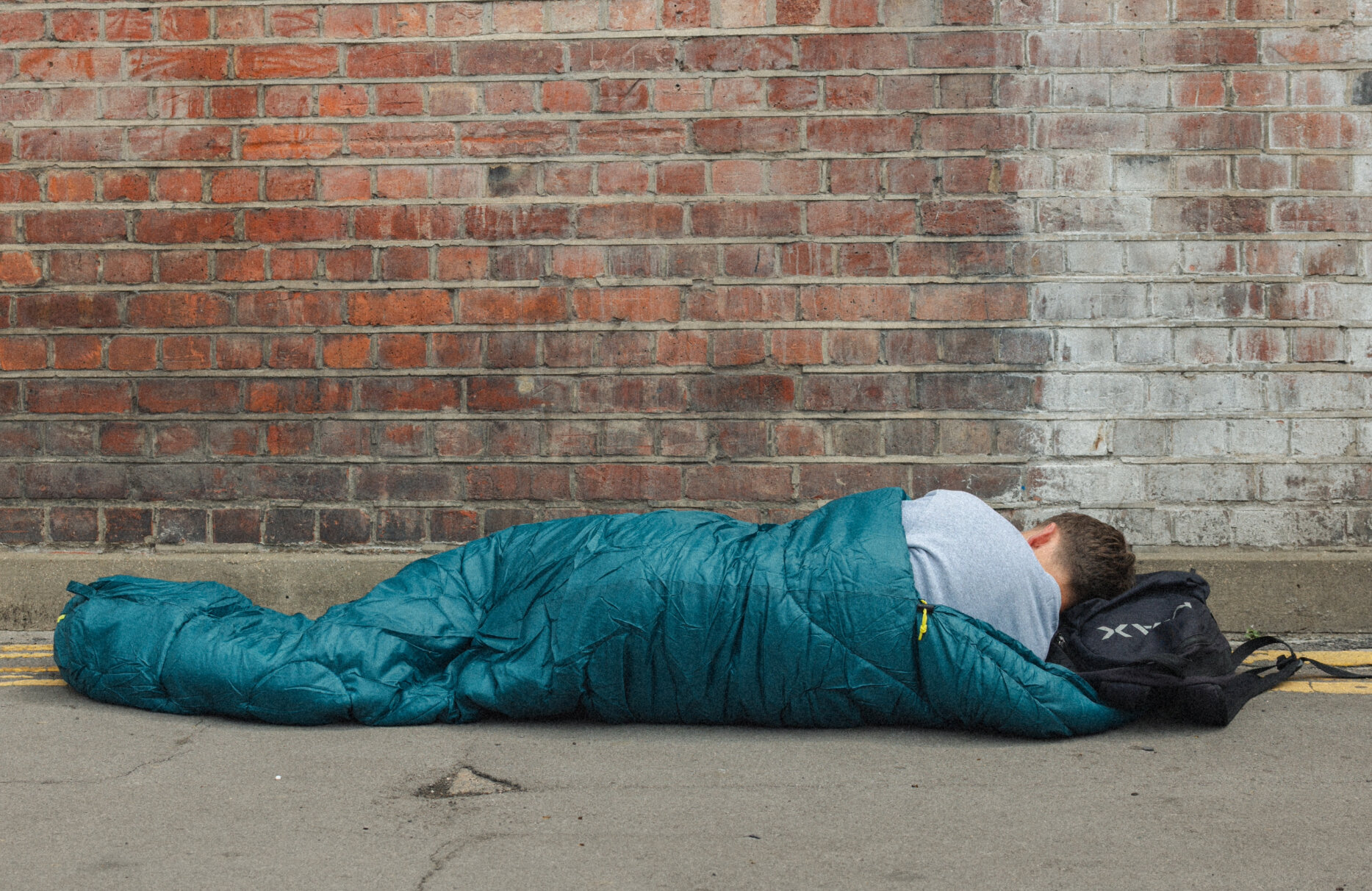Homelessness in England increased by 14% in 2024. 3,900 people are sleeping rough on any given night - a huge rise of 27% in one year alone - and the number of people in temporary accommodation increased by 17%.
Homelessness in Swindon
Swindon’s growing homelessness crisis is among the worst in England. Local authority figures from 2024 reveal:
- The number of people who are homeless increased by a quarter in one year
- The number of children who are homeless increased by a third
- The number of households threatened with homelessness more than doubled
- The number of rough sleepers went up by half in two years
- Swindon ranks in the highest third of local authorities for rates of people who are homeless in England.
984 people were homeless in Swindon on 30th June 2024, including 469 children. 966 people were in temporary accommodation and 15 were rough sleeping. A further 892 households in Swindon were threatened with homelessness in 2024.
The numbers in this snapshot do not include people who are unofficially homeless, at risk of homelessness, living in inadequate or insecure housing, squatting or ‘sofa-surfing’ at friends’ or families’ homes. The true scale of homelessness in Swindon may be much worse.




